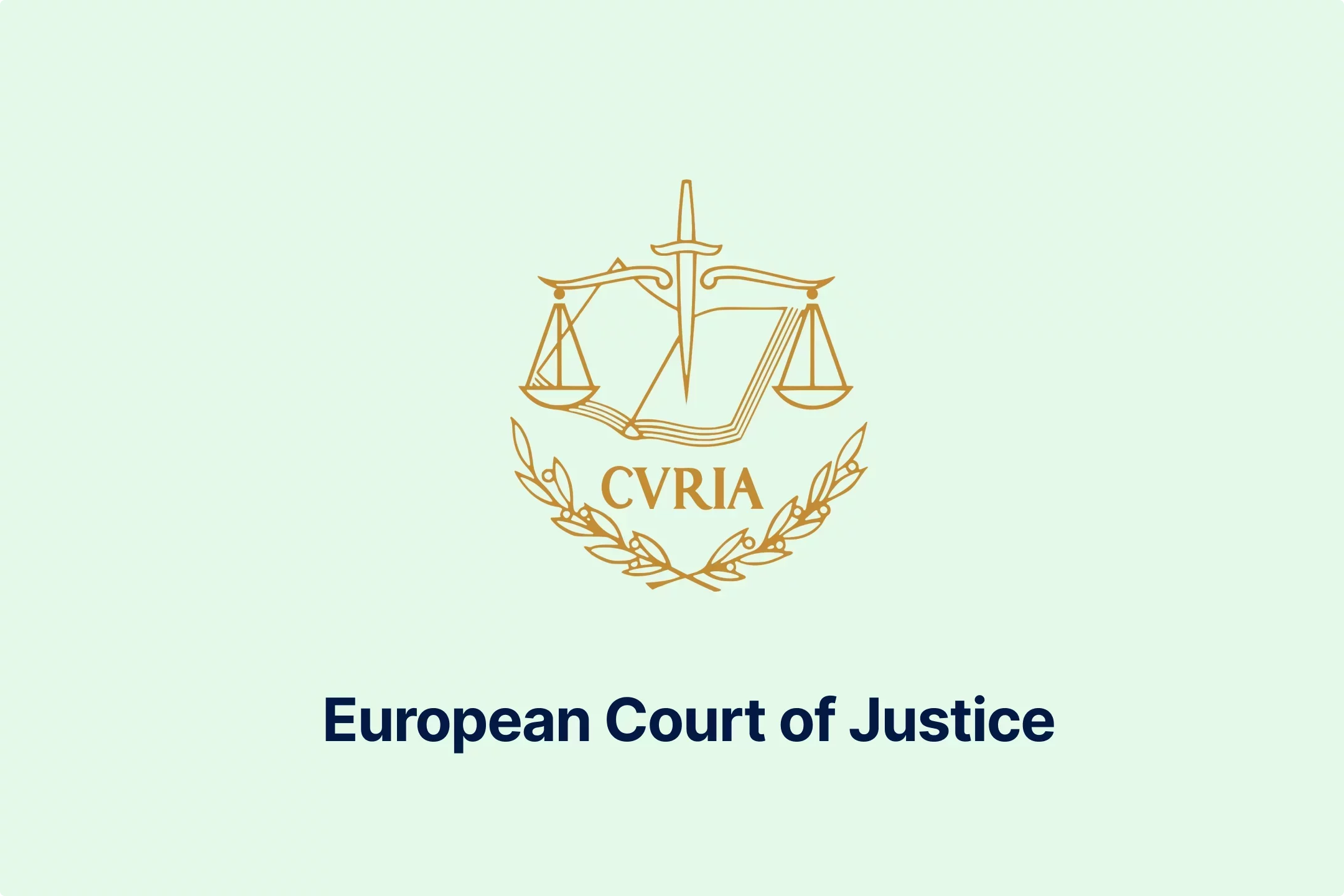UK Digital Services Tax Explained: Applicability, Impact, and Future Outlook

In 2018, the UK government confirmed that the Digital Service Tax (DST) would be imposed on so-called in-scope digital activities starting in April 2020. The DST's original purpose was to tackle the need for internationally recognized rules requiring digital service providers to pay taxes on services they provide to UK users.
Since the uniform approach on a global level was not reachable, the UK government decided to develop and implement its solution.
This article will cover what activities DST refers to, how and when it applies, its impact on businesses and users, and its connection with the OECD Two Pillar plan.
Applicability Rules for UK Digital Services Tax
Not all online or digital services fall under the scope of UK DST. The DST is imposed on three activities: social media services, internet search engines, and online marketplaces, as well as accompanying online advertising services.
Another essential feature of the DST is that it does not apply to all digital service providers, only the largest ones. More specifically, the 2% DST applies to business groups whose annual revenue from in-scope digital services is above GBP 500 million. In contrast, at least GBP 25 million must be generated from UK users. However, if the accounting period is less than a year, the amounts are proportionately reduced.
Therefore, the imposition of DST affects companies such as Amazon, Google, Apple, and eBay. Nevertheless, the DST rules state that a DST allowance of GBP 25 million, meaning that the first GBP 25 million of revenue from UK users is not subject to DST.
In addition to the three activities mentioned above, the DST also applies to revenue from transactions that include online marketplaces and accommodation, land, or buildings in the UK if the service user is from the UK.
Some financial service providers are also exempt from DST. In addition, the revenue charged is reduced by up to 50% in situations where a user of the marketplace service is located in a country that also implemented DST or a similar tax.
Impact on Consumers and Businesses
The 2% DST is aimed at large international companies providing UK consumers with specified digital services. Therefore, consumers do not face any increases in service prices or other impacts. Only businesses that meet the criteria face the UK DST.
In addition to financial burdens, businesses face new administrative burdens, primarily depicted in record keeping of revenue generated from UK consumers, paying due tax to HMRC, and filing an annual tax return concerning in-scope activities.
Revenues Generated from the Digital Services Tax
The result presented by the UK government, more specifically, HMRC, showed much better results than initially anticipated. Before the introduction of the DST, it was estimated that around GBP 275 million would be collected in the first year, but the final amount was GBP 385 million.
THE HMRC estimated that the total amount of taxes taxable persons will pay will be more than GBP 3 billion by 2024-25. Moreover, the results showed 30% more revenue from DST than anticipated. Finally, the results show that digital business groups pay more in DST than corporate tax.
The last result is significant when discussing the future of the DST in the UK.
OECD Two Pillar Plan and UK Digital Service Tax
As earlier explained, the DST was a kind of answer to the lack of an international regulatory framework in this area. However, the Organisation for Economic Co-operation and Development (OECD) has been working for years on the “Two Pillar” plan to reform the international corporate tax rules and regulations.
The Two Pillar plan establishes a minimum effective corporate tax rate of 15% for multinational corporations operating in more than one country with more than EUR 750 million in global revenue.
Although all G20 and OECD Member Countries approved the regulatory framework, the implementation process is still in the early stages, whereas the US refused to implement these rules. However, once the Two Pilar is implemented globally, the DST will likely be abolished or coexist with the OECD regulatory framework on a smaller scale.
From a corporate perspective, abolishing the DST might be welcomed since they pay more in DST than in corporate tax. However, the UK government might look for a way not to lose a significant portion of the revenue the DST generates.
Conclusion
DST is a uniquely defined tax that only covers specific digital activities and applies to companies' revenue instead of profit. Moreover, not all companies are subject to DST; only the most prominent multinational groups are involved in in-scope activities.
The following review by the HMRC of the UK DST is planned for 2025, so more information about its future will be available. While some estimates are that it will cease to exist due to the implementation of the OECD Two Pillar plan, others estimate that it will remain in effect, where some UK politicians favor increasing the rate to 6%.
Source: HMRC - Policy Paper, House of Commons - Digital Services Tax, HMRC - Introduction of the new Digital Services Tax, UK Finance Act 2020, National Audit Office - Investigation into the Digital Services Tax

Featured Insights

Angola’s E-Invoicing Mandate: Phased Implementation Continues Into 2026
🕝 December 10, 2025
VAT Deduction and Business Succession: When Do Advisory Costs Serve the Company’s Interest?
🕝 December 8, 2025
Europe’s Plastic Fiscal Shift: Why Italy’s Plastic Tax Now Starts in 2027
🕝 December 3, 2025
The Decline of Low-Value Import Exemptions: Closing Gaps in Cross-Border E-Commerce
🕝 November 20, 2025More News from United Kingdom
Get real-time updates and developments from around the world, keeping you informed and prepared.
-e9lcpxl5nq.webp)




-lwb5qpsily.webp)
-qzsah2ifqx.webp)



-subxdamdj6.webp)
-gkduqhwbzh.webp)





-m2tl8crfqr.webp)


-xla7j3cxwz.webp)
-qjopq5jplv.webp)



.png)
.png)
.png)


















